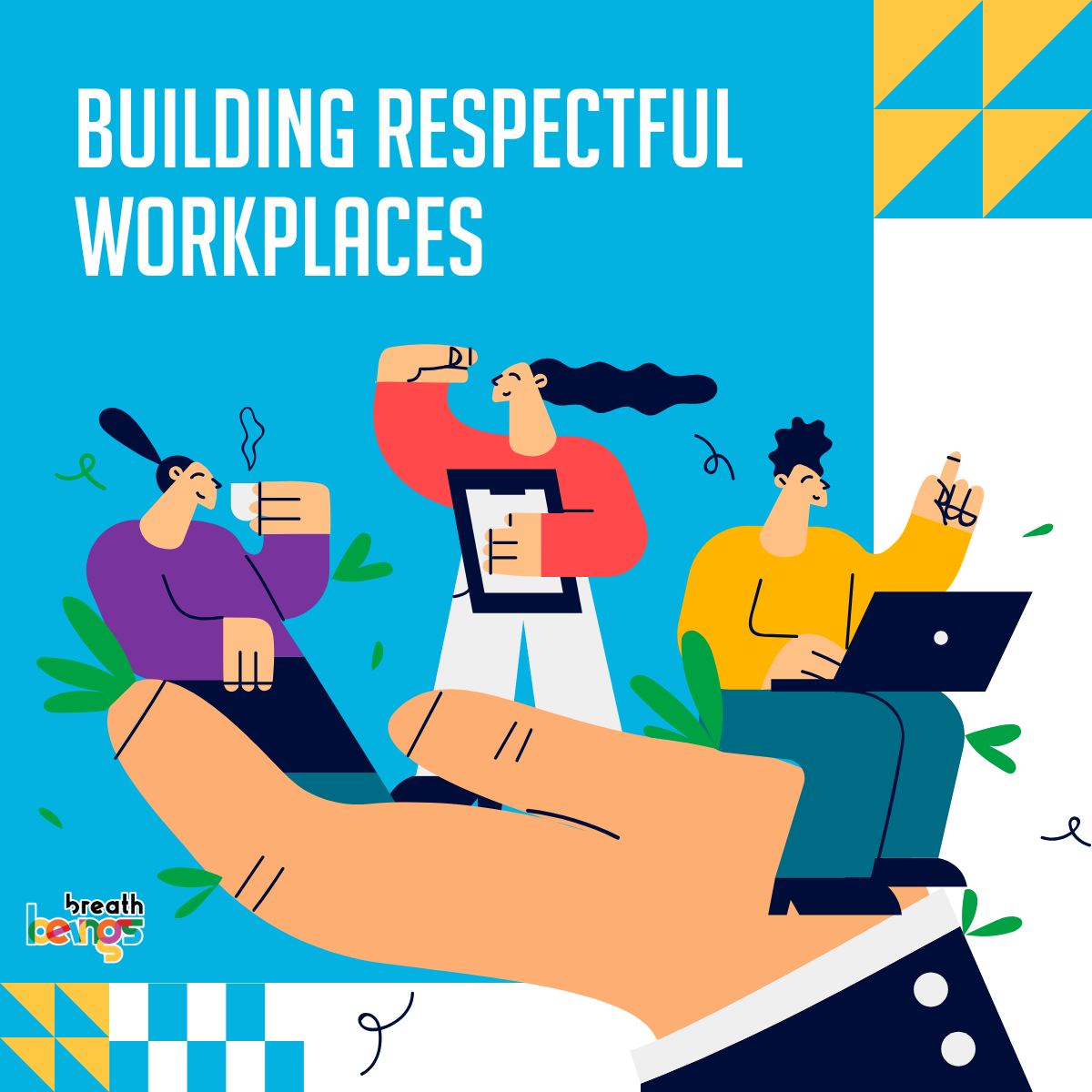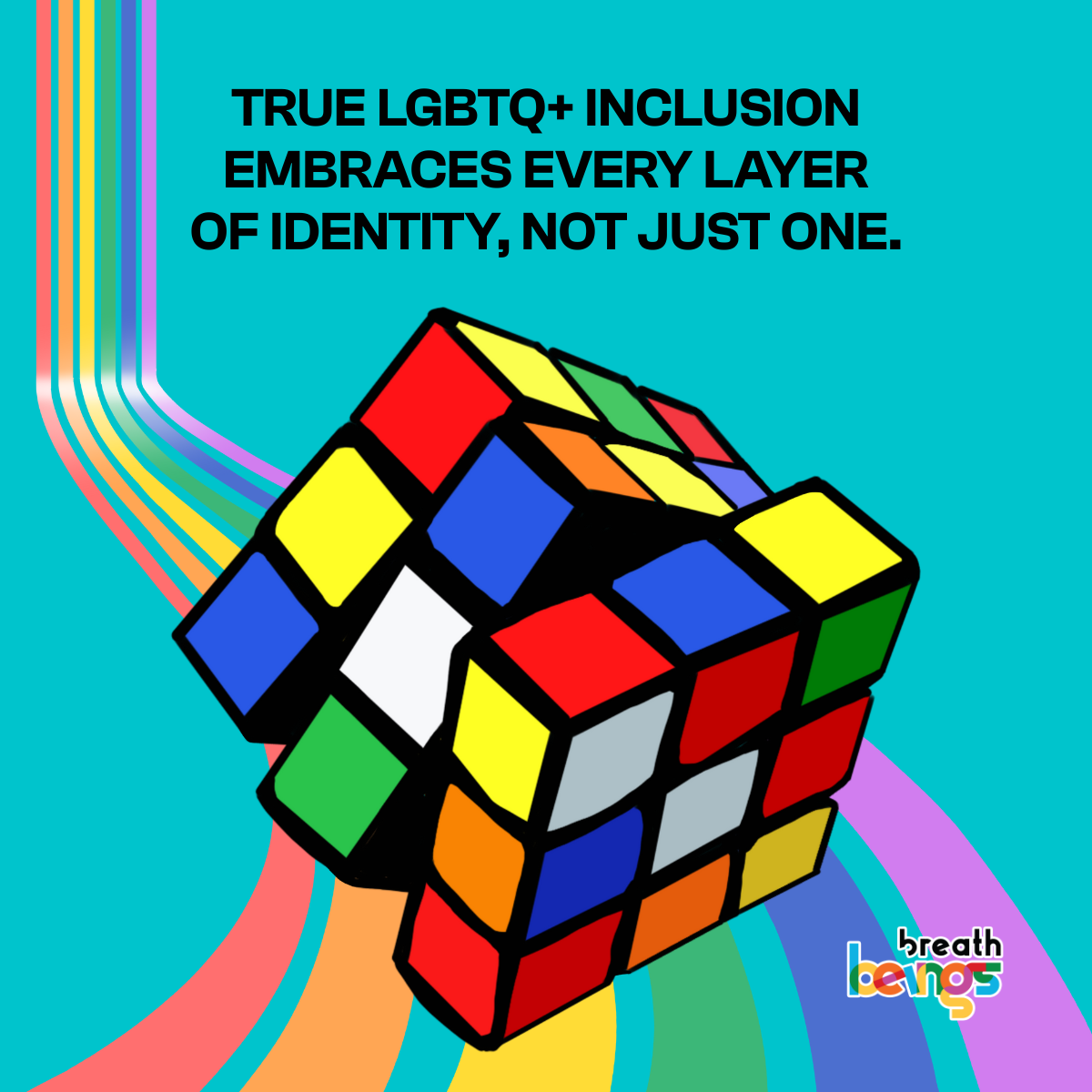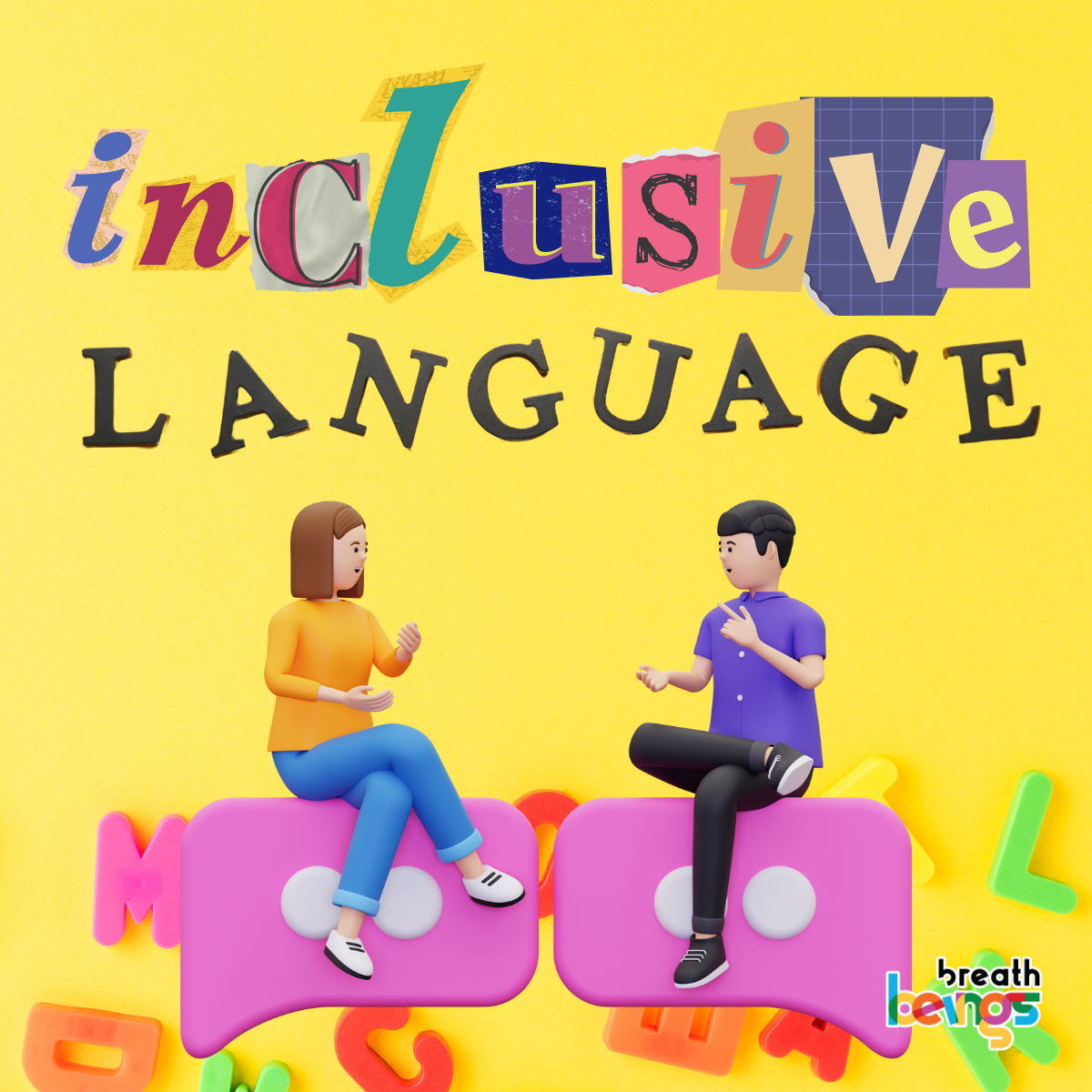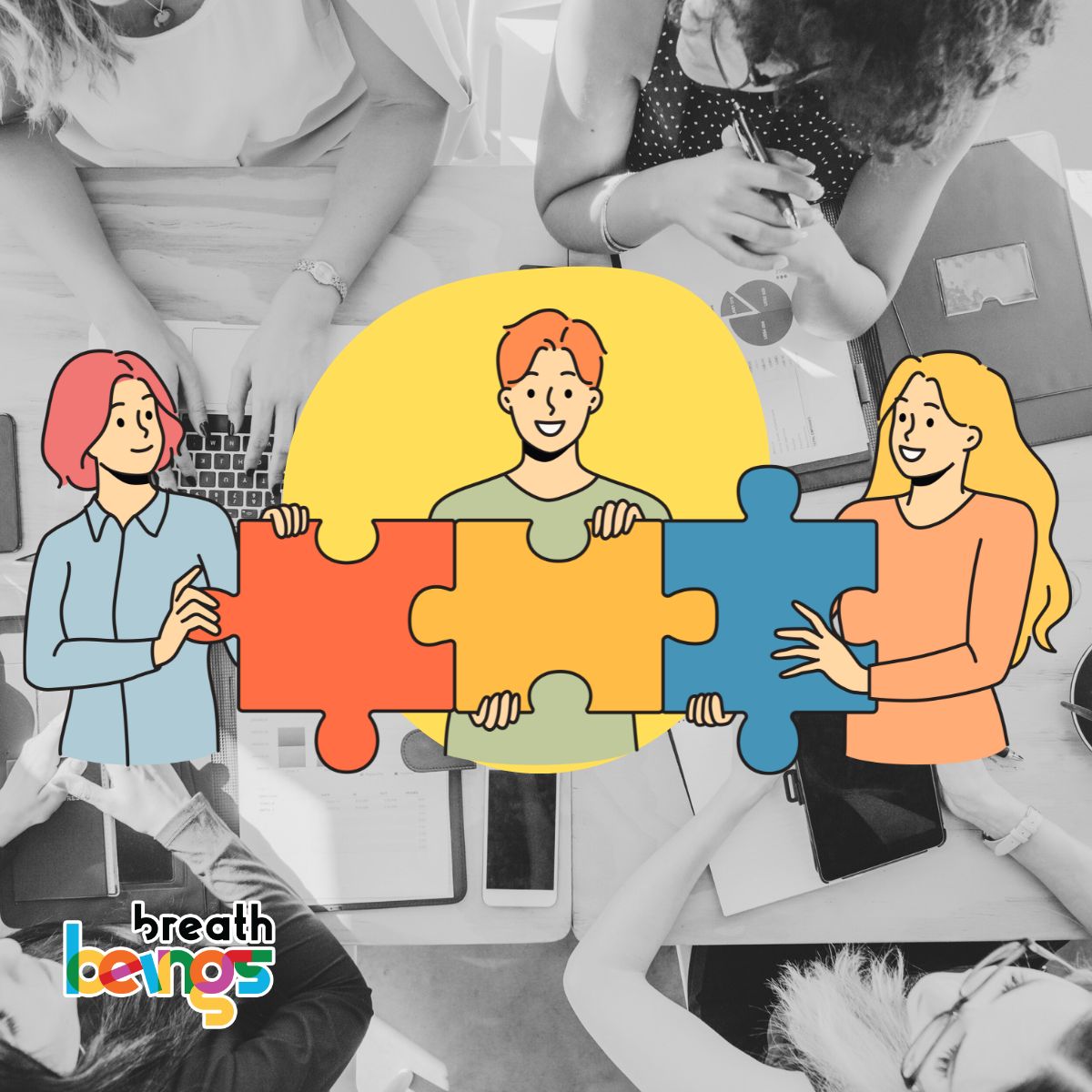In 1912, a group of women textile workers in Lawrence, Massachusetts, set forth on a march. They held handsigns which said, “We want bread, but we want roses too.”
A new law had just come into effect where working hours for women were reduced to 54 from 56 hours per week. But it also meant lower wages.
Frustrated, the women protested for nearly 2 months.
This movement, immortalized as “Bread and Roses”, was not just about wages, though. It was also a demand for the fullness of humanity. For something far greater like dignity, respect, and a better quality of life. Women needed life’s necessities like bread but also to reach beyond and experience the beauty in living.
It’s a movement that resonates today as much as it did over a century ago. Women continue to face barriers to gender equality like a widening pay gap and the broken rung. There’s an urgent need to address women’s rights, for equality and equity to not be confined to paychecks, but extended to opportunity, representation, and the right to dream of a diverse, equitable, and inclusive world.
International Women’s Day (IWD) 2025 is just a few weeks away and this year’s theme is “Accelerate Action.” The United Nation’s theme, too, calls for action that ensures “For ALL women and girls: Rights. Equality. Empowerment.”
“The rising of the women means the rising of the race” said James Oppenheim who penned the poem behind the phrase Bread and Roses.
The question now is this – How can businesses enable this rise?
Let’s explore 8 actionable ways.
#1 Host Women Leadership Panels
Form women leadership panels and invite accomplished women leaders to share their triumphs and challenges. Encourage open dialogue by allowing employees to ask questions.
This interactive approach strengthens connection, helps inspire employees and also underlines the organization’s commitment to celebrating women’s achievements.
#2 Encourage Mentorship and Sponsorship
Mentorship and sponsorship are powerful tools for women’s empowerment. They both help in advancing women’s careers, but play distinct yet complementary roles. Mentorship provides guidance, career advice, and skill-building opportunities.
Sponsorship goes one step further and vouches for an individual’s capabilities, including them in career-defining projects and opening doors to high-visibility opportunities.
Establishing structured mentorship and sponsorship opportunities aiming to enhance leadership pipelines and address workplace inequities will create that much-needed holistic support system.
#3 Foster Allyship across all Levels
Allyship is one of the cornerstones of inclusive workplaces. When male leaders and colleagues actively support and advocate for women, it sends a powerful message about the organization’s values.
Genuine allyship lies in amplifying underrepresented voices, challenging biases, and working on one’s own self-awareness.
Allyship can be embedded into company culture through training programs that address unconscious bias, listing ways to be an effective ally, creating forums that are safe spaces, active listening, and so on.
#4 Set up Leadership Training Programs for Women
Tailored leadership programs for women help bridge the confidence gap, and address unique challenges like negotiation tactics, assertiveness, and building presence by speaking up.
Offer workshops on strategic thinking, negotiation, conflict resolution, and other critical leadership competencies. Collaborate with external organizations or bring in experts to ensure the training is relevant and impactful.

#5 Create Flexible Work Environments
Workplace flexibility is essential for empowering women employees. For women, who often bear the brunt of caregiving responsibilities, flexibility allows them to excel both professionally and personally.
Introduce flexible working hours, hybrid work options, enhanced parental leave, normalize conversations around work-life balance, and actively discourage burnout. Such steps can make the workplace a more equitable one for everyone.
#6 Recognize and Celebrate Women Regularly
More and more research points to the connection between gender equity and organizational success. Companies who fall in the top 25% for gender diversity also have a 27% higher chance to earn more profits. And companies with women CEOs consistently outperform companies with male CEOs.
Celebrating women’s contributions all the year-round and not limiting it to one day motivates and inspires them to do more. And it also demonstrates that you champion a culture where successes are visible and valued.
#7 Partner with Women-focused Organizations and Communities
Collaboration amplifies impact. Partnering with organizations that focus on advancing women’s rights, education, and career development demonstrates your company’s commitment to driving change beyond the workplace.
Consider offering sponsorships, funding scholarships, or volunteering time and resources. Such initiatives strengthen your company’s connection to the community and build your reputation as an ally for women.
#8 Update your DEI initiatives Regularly
DEI programs require ongoing evaluation and evolution. Conduct regular assessments to identify areas for improvement, gather employee feedback, and adapt initiatives to address emerging challenges.
Take additional care to ensure DEI efforts aren’t limited to symbolic acts. Embed equity into policies and daily operations, and establish metrics to measure progress and hold leadership accountable for driving change.
Women like the textile workers lit the candle for change. Let’s keep it burning bright. Let’s continue their legacy. Because every woman deserves to have bread and roses.
This International Women’s Day we can help you do that with our customized offerings.












